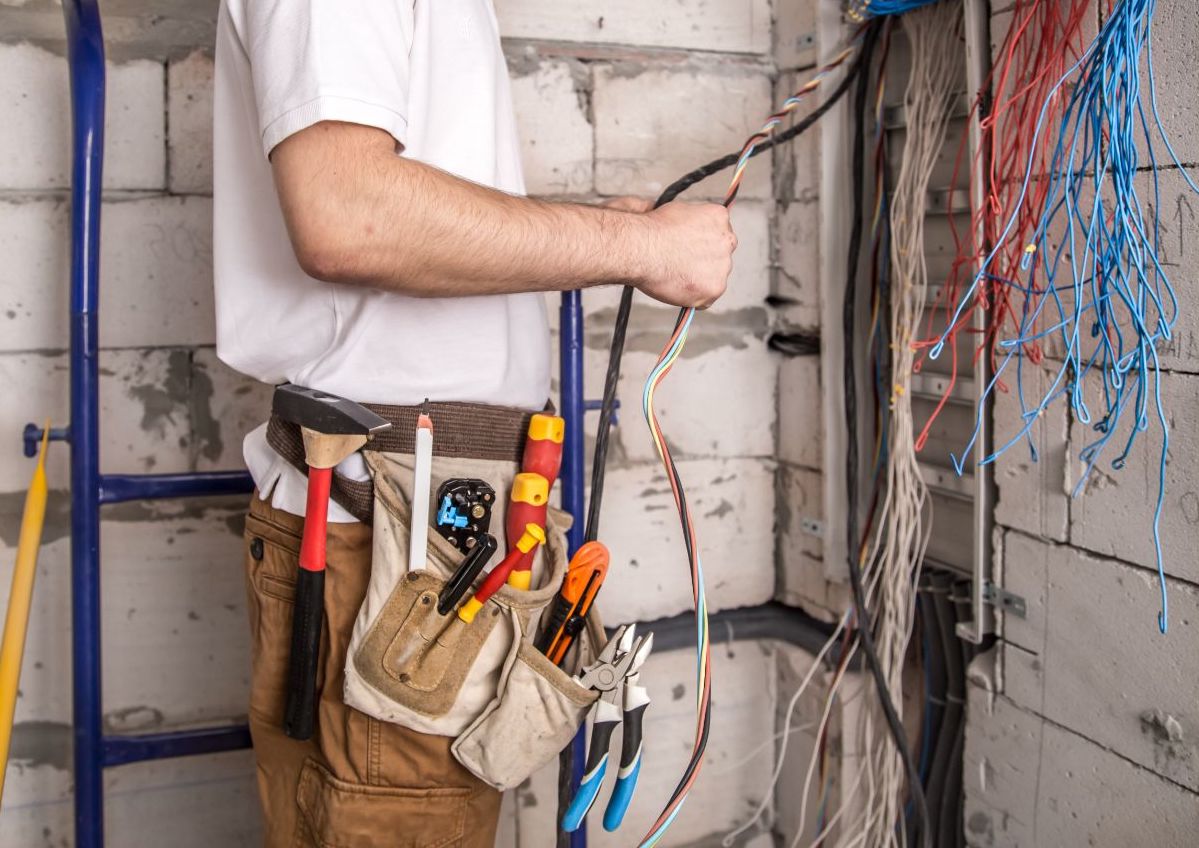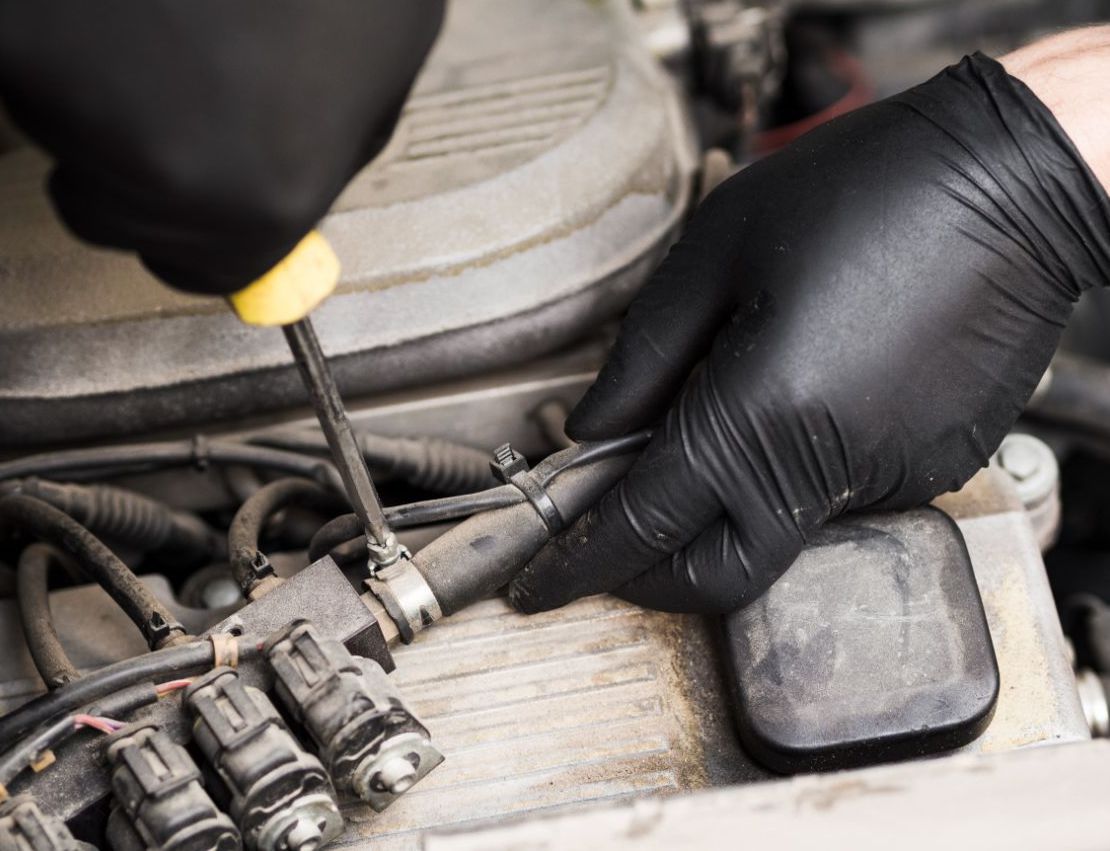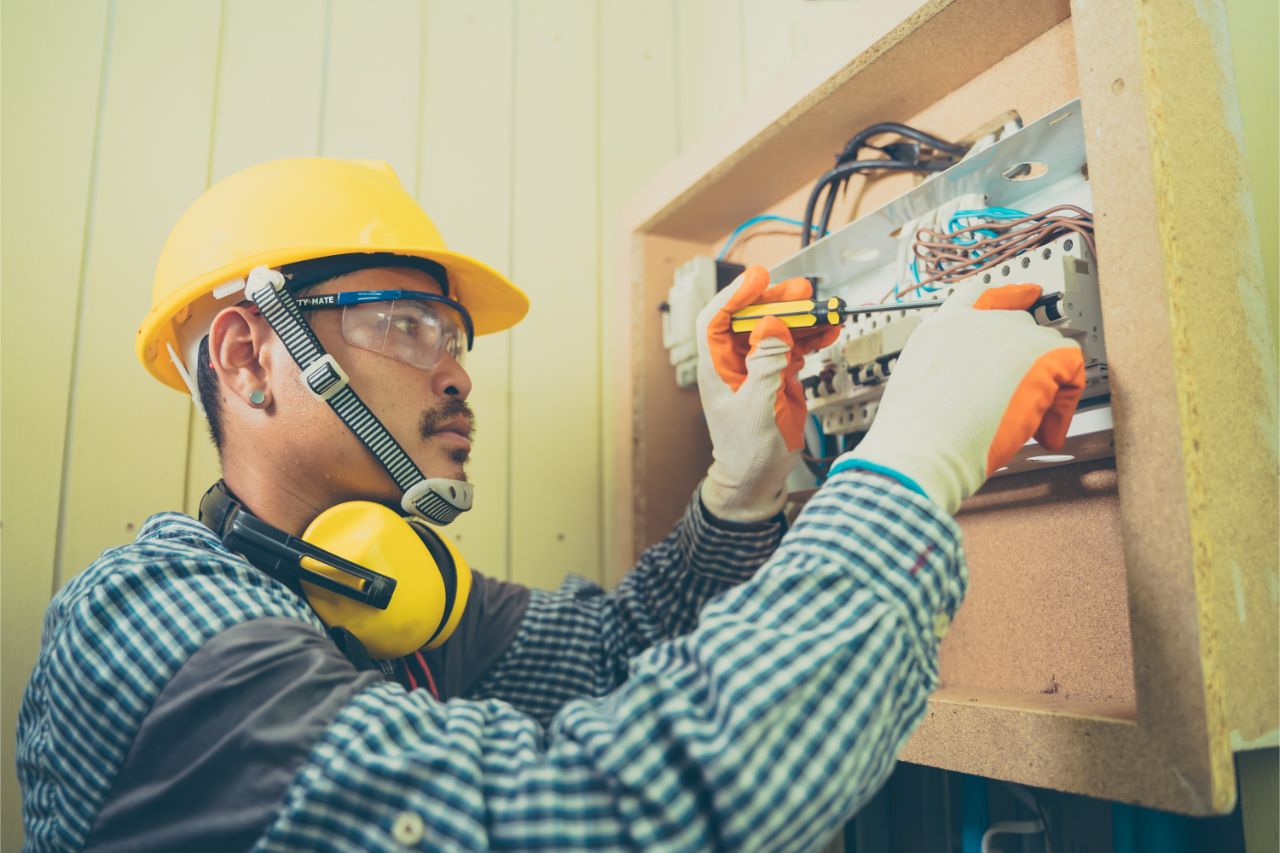
 June 8, 2021
June 8, 2021

Any construction site will have its fair share of hazards. Electrical safety issues, in particular, are found in every corner, especially if a site is poorly managed. Common electrical problems in construction sites can cause serious risk, harm, and injury to any worker. This is why it’s important to understand them and come up with the most effective solutions in improving worker safety.
On-site electrical issues in construction may range anywhere from improper wiring, damaged circuits, wet areas, exposed electrical parts, and electrocution. As electrical subcontractors or workers continue to handle anything powered by electricity, they need to be made aware of these hazards. Doing this is essential in maintaining not only productivity, but also worker safety. Read on to learn more.
Subcontractors working on overhead power lines and active lines are at risk for minor burns and electrocution simply due to the nature of their jobs. This is because these electrical lines are charged at high voltages that allow sufficient flow of current. Through resistive heating caused by the voltage level, the result is burns on the skin when in contact, or even death if the current is able to pass through the body’s major organs.
To protect against electrocution, workers are advised to distance themselves at least 4 meters away from these power lines as well as any electrical equipment currently in operation. Site inspections must be conducted prior to the start of each construction phase to ensure that no object, device, or person is located under or near the power lines. As a safety reminder, it’s also the responsibility of site managers to strategically place warning signs wherever possible and in view of the workers.

Any electrical worker will need tools and equipment that will help them do their jobs. Some examples of these devices, tools and equipment include T-strippers, cable pullers, pipe benders, drilling machines, measuring tools, fish tape, and many more. These need to be in complete working order as a way of boosting worker productivity and also improving safety outcomes.
When these tools and devices have not been inspected beforehand, there is a likelihood that either one or two of them may be damaged or break during work. This is why it’s crucial that they be examined and assessed for any breakages that may affect the tools’ functionalities and how well the worker will be able to make use of them. For example, there shouldn’t be any loose components especially when working with bladed materials and heavy machinery.
Improper wiring usually happens when installing smaller wires that are not appropriate to the level of current. This can also be dangerous as it leads to overheating and possibly, fires.
There should be a conscious choice by the worker to use only the appropriately-sized wires when installing wiring and electrical devices. The current load must be synchronous and that the right extension cord should be used whenever possible or necessary.
Further, when conducting modifications to electrical outlets, the right circuit breakers should be used in order to protect electrical switches from overloading damage. Managers must keep all of these in check through a dedicated fire risk assessment and identify areas of improvement on the site as needed.

One of the most common occupational safety violations in any construction site has to do with improper grounding. Electrical systems that have not been grounded are risk factors for fire hazards, overheating, or even explosions in the worst case scenario.
To implement proper grounding, electricals or electrical subcontractors should ground high-touch electrical components and surfaces such as light switches, ceiling light installations, conduits, outlets, and the like. This is to avoid energized equipment, especially when plugged as well as reduce the risk for electrocution when in use by an individual.
Any zone that has been specifically designated for purely electrical work should maintain a clean and wet-free area so as to prevent unnecessary accidents. This is because the presence of water significantly increases risks for electrocution, particularly in cases when the device’s insulator has been damaged. When unknowingly energized, this can lead to fatalities, even more so if someone is in contact with water.
Any container that stores water or other fluids should be kept away from electrical equipment as much as possible. This is to avoid accidental spillages that can damage devices and also put the surrounding workers in danger.
For the managers, they must see to it that the workers have a designated space for taking breaks or using any sources of water, such as a dispenser, sink, hose, and the like. As for any electrical equipment or device, any wires attached shouldn’t be exposed out in the open. This aids in overall safety as well as keep the construction site organized and free from unnecessary clutter.
This guide has discussed just some of the most common electrical problems in construction sites. Some of these issues can lead to electrocution, fires, overheating, or explosions that not only damage equipment, but also puts any construction worker at risk.
Since worker safety is always paramount in any kind of construction activity, such issues like damaged equipment, faulty wiring, wet zones, and the like, should be avoided at all costs. In this way, any construction project will lead to successful outcomes and workers are able to safely do their jobs within their capacities.